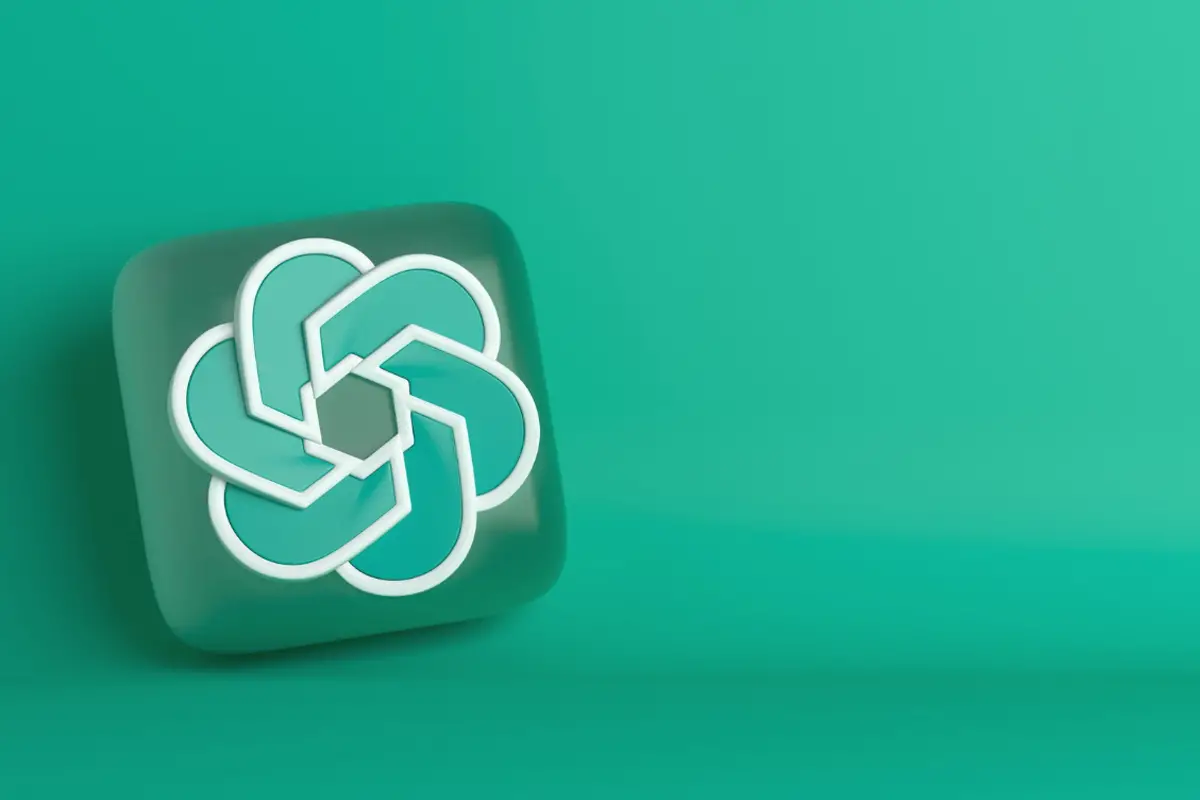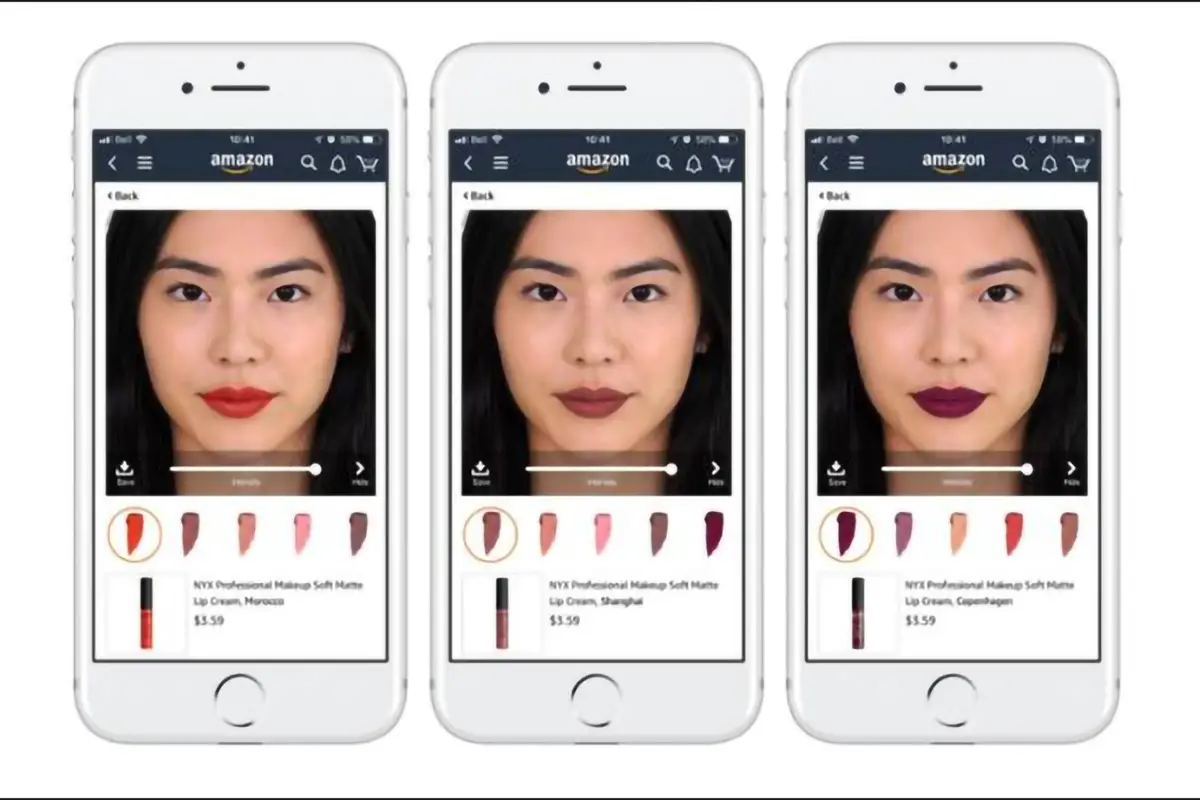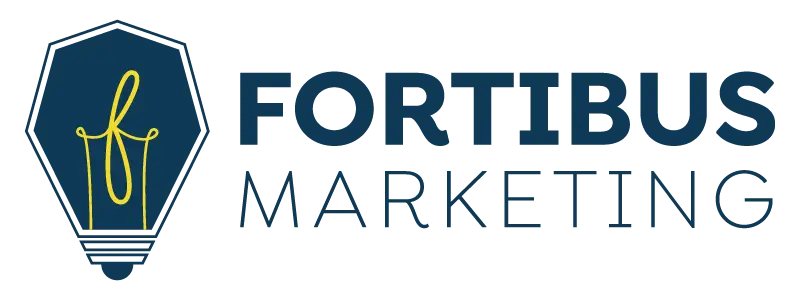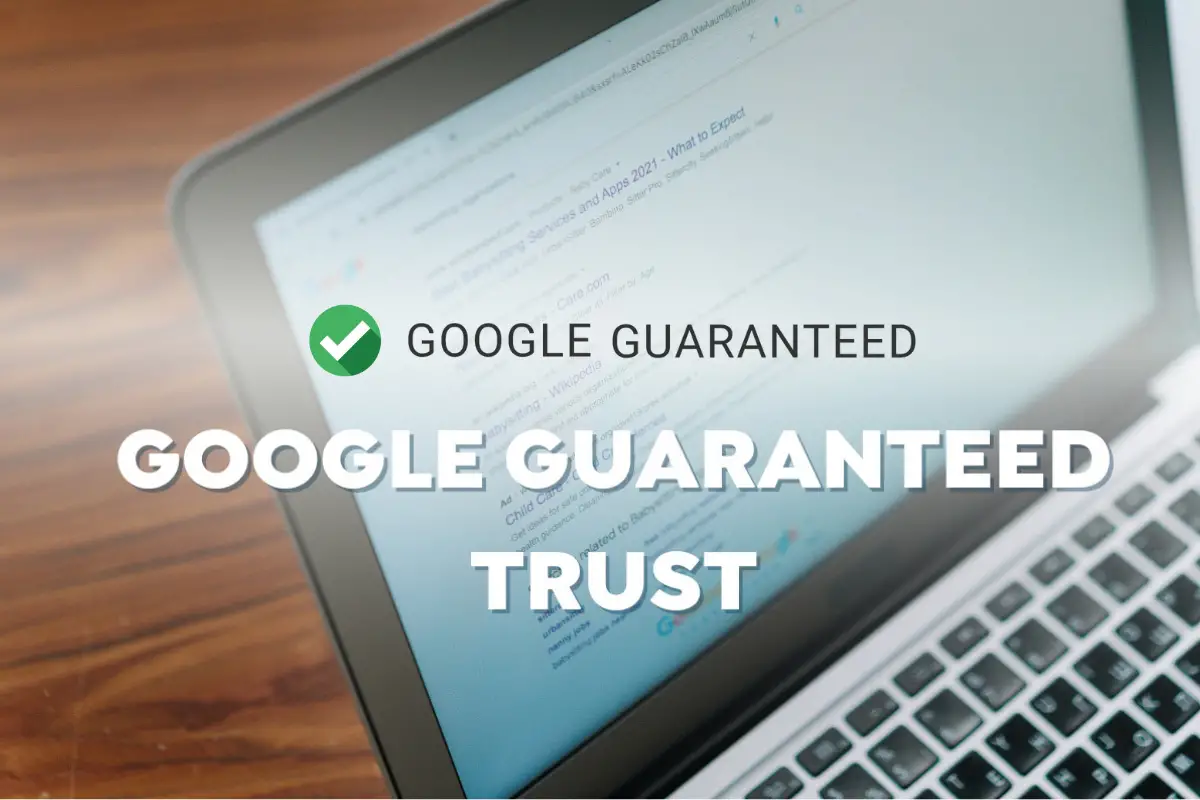How to Leverage Disruptive Marketing For Your Brand
In today's digital world, it is important to stand out when it comes to marketing. In a sea of constant input, information, and advertisements, it can be challenging to capture the attention of your target audience. That’s why it’s crucial to approach marketing in a disruptive way. Disruptive marketing catches people off-guard and grabs their attention with innovative, unconventional tactics. In this blog, we will dive deeper into the importance of disruptive marketing and explain why it should be the approach for your business.
Short Summary
- Embrace disruptive technologies and be willing to experiment and learn.
- Monitor & measure results to weave disruptive marketing into your brand.
- Differentiate from competitors by leaning into creativity & innovation, key components of disruptive marketing.
- Keep your marketing strategy customer-centric, powered by data-driven decisions that stay ethical & authentic.
Defining Disruptive Marketing
Disruptive marketing is the art of challenging traditional marketing practices and using experimental methods to create new opportunities for growth and capture more customer attention and engagement. Born from the concept of disruptive innovation, it's all about finding new ways to connect with and attract your audience.

Often this looks like testing new tactics that haven't been tried before and sometimes it means pushing boundaries on what’s considered “acceptable”.
This game-changing approach is often a direct result of technological advancements, such as the introduction of new social media platforms or direct response channels. With each new way humans create to connect and communicate with one another, businesses can discover new avenues for marketing to their target audiences.
An example of disruption marketing is the launch of streaming services like Netflix, Hulu and Amazon that challenged traditional cable providers. They created an entirely new market for media consumption by offering consumers access to a wide range of content at a fraction of the cost. This revolutionized the way people consumed media, making it easier, faster and more affordable.
Humor and wit, influencer collaboration, and other unique approaches are disruptive marketing tactics that can get your marketing messages across in fresh, new ways.
Finding ways to be disruptive in your marketing is all about trying to gain a competitive advantage and attract customers who are becoming desensitized to a lot of the normal approaches of marketing.
In our striving to find ways to disrupt the run-of-the-mill marketing messages flooding our industries, it's important to remember that trustworthiness, creativity, and authenticity lay the foundation of successful disruptive marketing campaigns. We must hold onto our foundational core values and ethics while also injecting innovative creativity into our campaigns.
Core Principles
At the heart of disruptive marketing lies the ability to grab the attention of your industry and customer, engage in the unexpected, add value, and use out of the box methods that contradict the normal way of doing things. Disruptive marketing strategies, like those adopted by REI, Volvo, and L’Oreal (as we’ll explore later), involve taking chances and experimenting with new tactics that hadn't been attempted before or directing a campaign from a new angle.

Disruptive marketing has the potential to break through the clutter, capture the attention of potential customers, and boost brand visibility. It also helps to differentiate businesses from their competitors by introducing new products or services that target a previously untapped market segment. Done well, it focuses on customer experience, creates unique value propositions, and outsmarts the competition.
In order to incorporate all of these elements and core principles into your company’s approach to marketing, you must begin with an imaginative and open mindset. Challenge your (and your company, department, or team’s) normal way of thinking. Consider out of the box ideas, methods, and concepts. It’s not until your company starts thinking and approaching marketing in new and creative ways that you can really take advantage of disruptive marketing as your new normal.
Disruptive marketing can, and should, become your framework.
To stay on the cutting edge, it's a good idea to follow innovators and thought-leaders in your industry on social media and keep a pulse on technological advances affecting how consumers relate to and buy from businesses. This proactive approach can help you stay at the forefront of emerging trends and provide fresh perspectives to help you arrive at the next winning marketing tactic.
Traditional vs. Disruptive Marketing
While traditional marketing focuses on creating awareness and building brand recognition, disruptive marketing is all about creating a unique experience in your marketing that stands out from the competition. With more businesses than ever selling the same products and services in the same industries, using the same techniques, traditional marketing can feel like it's getting watered down. Disruptive marketing brings something fresh to the equation, allowing businesses to stand out from the competition and create unique and innovative approaches to connecting with their audience.

Disruptive advertising strategies can include using unconventional media, creating unique content, and leveraging technology. When building a campaign, it's essential to think unconventionally, break the mold, and deliver the unexpected.
The Importance of Disruptive Marketing in Today's World
Disruptive marketing is essential in today's world due to rapid technological advancements, changing consumer behavior, and increased competition. By embracing technology, experimenting and learning, and monitoring and measuring results, disruptive marketing can help businesses stand out and capture the new customers they need.
Let's explore each of these factors in more detail.
Technological Advancements
Disruptive marketing is strongly tied to technological advancement and can greatly help brands keep up with new technology their audience is adopting. Technological advancements such as artificial intelligence, machine learning, and automation are already causing disruptions in business and normal life.

It helps to stay on top of changes and advances in hardware, software, and communication tools. Brands who want to stay competitive will make use of emerging technology in their marketing efforts.
Changing Consumer Behavior
Disruptive marketing is also important due to changing consumer behavior, such as the rise of snackable content and short-form vertical videos. New generations of consumers show different buying patterns than the earlier ones. These changes include a higher use of the fast-evolving digital systems. Their technology usage has resulted in new and higher consumer expectations, which is forcing marketers to search for and implement even more disruptive marketing practices.
Also, since 2020, consumer behavior has shifted significantly in how they make purchases, with 50% of consumers becoming more digital. Again, this is why it’s crucial to know your industry and your customers. The more you know about how and why they make purchase decisions, the better you can position your marketing strategy to connect with your audience.
Increased Competition
Increased competition can have both positive and negative effects on marketing. It can lead to lower prices, higher quality goods and services, greater variety, and more innovation. However, it can also lead to a decrease in market share and profitability for companies, and hurt smaller businesses.

Ultimately, companies need to differentiate themselves through their marketing efforts to stand out in a competitive market. With countless content creators vying for your customer's attention and engagement, it's more important now than ever to stand out, diversify, and find ways to disrupt the norm when it comes to your marketing.
Consider what your competition is doing and take an honest look at how you compare. Do you have specific strengths that you can capitalize on that will speak to a client need your competition isn’t addressing? Try to find holes or gaps in their strategy, which are really opportunities for you. Think like Volvo did, in our example below, who found a creative way to capture the attention of a nation on the biggest media day of the year.
While keeping a pulse on the competition, staying authentic to your brand is often your greatest advantage. No other company is like yours, with the value and solutions you offer. Pairing your unique strengths with disruptive marketing techniques will make the biggest impact in both the short and long term.

Key Elements of a Successful Disruptive Marketing Strategy
Let's delve into the key elements of a successful disruptive marketing strategy. These elements include a customer-centric approach, creativity and innovation, and data-driven decision making.
Customer-Centric Approach
A customer-centric approach is a business strategy that focuses on putting the customer at the core of the business to provide a positive experience and build long-term relationships. Understanding the customer is essential to developing a successful marketing strategy. It helps foster an emotional relationship with your target audience, builds trust and brand loyalty.
Tools such as Think With Google, Survey Monkey, and personal conversations can be used to gain a deeper understanding of your industry and how your target market is looking for your product or service. This knowledge can be applied towards adjusting your marketing plan in order to achieve your business goals.

Creativity and Innovation
Creativity and innovation are essential in disruptive marketing because they help businesses differentiate themselves from the competition, generate unique ideas, and introduce new solutions, processes, or products. This can lead to increased productivity, adaptability, and revenue streams, and can help businesses better understand their customers and their expectations.
Examples of how creativity and innovation can benefit a brand include using unconventional media, creating unique content, and leveraging technology. New tools, systems, and processes are being created constantly to help us improve efficiency and make better connections with potential customers. Stay open to new ways of doing things both internally and in your marketing strategies, and you’ll find disruptive marketing becomes second nature.
Data-Driven Decision Making
Data-driven decision making is essential in disruptive marketing as it enables businesses to make informed decisions based on real-time data. Data helps you stay ahead of trends within your consumer base and improve accountability, efficiency, and transparency.

Data science is a powerful tool for marketing teams. It enables you to gain customer insights that can be used to produce personalized and relevant content at scale. Gone are the days of “shooting in the dark”. With Google Analytics, social insights, and other digital reporting methods, you can glean valuable information from every campaign you run and adjust your strategy accordingly.
Unified CRMs, for example, can track every touchpoint a brand has with prospects and customers, providing insight for experimenting with new tactics for personalizing outreach and delivering what customers need at each stage of the customer journey.
Implementing Disruptive Marketing Techniques for Your Brand
Now, how do you implement these techniques for your company? The first steps include embracing technology, experimenting and learning, and monitoring and measuring results.

Embrace Technology
Businesses should embrace disruptive technologies such as automations, platforms, unified CRMs, and tools to challenge the status quo and redefine the rules and conventions of the industry. Before implementing a new technology in a campaign, look closely at your audience to gauge how they feel about the new technology and how it affects their communication and purchasing decisions.
Experiment and Learn
Exploring experimental tactics and gleaning from the results will help you remain competitive, fulfill customer expectations, uncover new and innovative ways to reach your target audience, and even create new business models.
Testing different strategies and analyzing what works and what doesn't work is essential. Equally essential is having an open mind about the new techniques you try and being willing to adjust your marketing approach as needed.
Monitor and Measure Results
Closely tied with exploring and learning, is monitoring and measuring results. Tracking the results of each campaign is critical to ensure that the disruptive strategies you employ are effective and achieve the desired results. It also helps identify areas of improvement and enables you to adjust your strategies accordingly.
Those who simply "set it and forget it" miss out on valuable campaign data that helps optimize future campaigns, improve ROI, and course-correct quickly when needed. The nature of experimenting (and of an ever-changing digital landscape) is that pieces of your campaigns, methods, timing, and execution will be continually changed. Every campaign we run gets analyzed and critiqued so we can do it better next time, so we can become more disruptive, and gain the attention of more customers.
Real-Life Examples of Disruptive Marketing Campaigns
Now that we've discussed the importance of disruptive marketing, the key elements of a successful strategy, and how to implement it for your brand, let's take a look at some real-life examples of disruptive marketing campaigns.
We'll explore REI's #OptOutside campaign, Volvo's #VolvoContest campaign, and L'Oreal's augmented reality app.
#OptOutside vs. Black Friday

Launched in 2015, REI chose to do something radical, and instead of capitalizing on Thanksgiving and Black Friday shopping, they closed for the holiday and encouraged everyone to #OptOutside instead. This unconventional business decision is the epitome of disruptive marketing and the risk paid off. More than 1.4 million people and 170 outdoor companies took part in the nonevent and a year later, those numbers quadrupled.
This campaign authentically upheld the REI ethos, while also garnering considerable support from its loyal member base and generating immense brand awareness from those not yet a part of the community. The #OptOutside movement continues and demonstrates how disruptive marketing can challenge the status quo and create a lasting impression on the target audience.
#VolvoContest vs. The Super Bowl

Volvo's #VolvoContest campaign that started leading up to the Super Bowl didn’t even involve a commercial. During an event where car retailers pay $4.5 million for 30 seconds of air time, Volvo took a different approach to capture attention of the car-buying audience and promote its XC60 model, all while stealing attention from its competitors. Leading up to the big game, Volvo partnered with popular late night host, Jimmy Kimmel, to announce the contest and perform an on-air giveaway.
Paid social media and high Twitter activity on the big day, aided in the success of the campaign. #VolvoContest trended multiple times onTwitter and was the most-tweeted automotive hashtag on Super Bowl Sunday, despite not running an ad! Volvo’s website had more than 100k visitors in two weeks and had over 10,000 people fill out the nomination form to win a XC60.
This unique approach to advertising during a major sporting event resulted in a 70% increase in sales of the XC60 model in the month after the Super Bowl.
L'Oreal

L'Oreal launched a revolutionary augmented reality app which is now catching on in its industry and beyond. It provides customers with a personalized and immersive beauty experience. The app provides customers with a personalized beauty experience tailored to their individual needs. Shoppers are able to virtually try-on beauty products, test out hairstyles and colors, and experiment with different looks and brands before making their purchase decisions. The app has been a great success, with millions of customers using it to find the perfect beauty products for their needs.
L’Oreal paved the way for other companies to introduce augmented reality apps by embracing cutting-edge technology that helped them create an even better customer experience.
Potentential Challenges and Pitfalls in Disruptive Marketing
While disruptive marketing offers numerous benefits, it also comes with potential challenges and drawbacks. These include balancing risk and reward, overcoming resistance to change, and staying ethical and authentic.
Balancing Risk and Reward
It's essential to get the balance right between being disruptive and being too forceful during a campaign. Taking risks should not be done without consideration of the consequences.
Taking some calculated risks in disruptive marketing is necessary to truly stand out from the crowd, but equally ensure these risks are in line with your brand's values and objectives.
Overcoming Resistance to Change
Resistance to change can be a significant challenge in implementing a disruptive marketing campaign. To overcome this resistance, businesses can consider seeking out an innovative marketing agency (i.e. sometimes outside counsel helps persuade those who are too emotionally attached to the ‘current way of doing things’) and effectively involving employees in the change management process.
Providing clear and concise information about the change and being open and honest about potential risks or challenges associated with the change can also help to build trust and create a sense of investment in the change process.
Staying Ethical and Authentic

Staying ethical and authentic, businesses build trust and credibility with their customers, maintain a positive reputation, and ensure compliance with laws and regulations. Businesses can ensure transparency, honesty, empathy, and promise-keeping by being open and candid with their customers, listening to their feedback, and following through on their commitments.
Summary
In conclusion, disruptive marketing is an innovative approach that challenges traditional marketing practices, embraces technological advancements, and caters to changing consumer behavior and increased competition. By adopting a customer-centric approach, nurturing creativity and innovation, and making data-driven decisions, businesses can implement disruptive marketing techniques to stand out in an oversaturated market and leave a lasting impact on their target audience. It's time to break the mold, disrupt the status quo, and make your brand unforgettable.
References:
https://www.rei.com/blog/social/the-history-of-opt-outside
https://shortyawards.com/8th/best-twitter
https://www.cdxe.de/en/blog/case-loreal-augmented-reality






